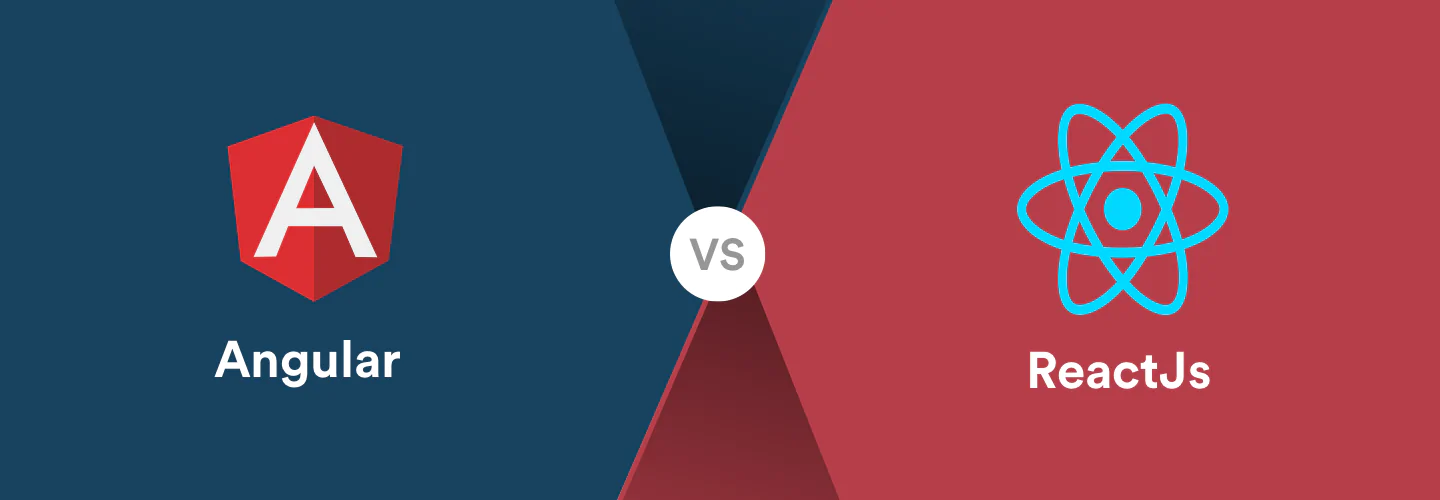For beginners diving into web development, understanding the differences between React and Angular is crucial. This guide aims to provide insights into these popular JavaScript frameworks, assisting beginners in selecting the framework that suits their learning curve and career aspirations.
1. Understanding React:
a. Component-Based Structure: React follows a component-based architecture, allowing developers to build reusable UI components for faster and efficient development.
b. JSX Syntax: React uses JSX (JavaScript XML), a syntax extension that allows mixing HTML structures within JavaScript, enhancing component rendering and readability.
c. Flexibility and Community: Known for its flexibility, React has a vast community contributing to its ecosystem with numerous libraries and tools.
2. Exploring Angular:
a. Full-Fledged Framework: Angular is a comprehensive framework that offers a complete solution for building applications, providing features like routing, forms, and HTTP services out of the box.
b. Two-Way Data Binding: Angular employs two-way data binding, enabling automatic synchronization between the model and the view, simplifying state management.
c. Structured and Opinionated: Angular follows a more opinionated structure, guiding developers with specific guidelines and best practices.
3. Learning Curves:
a. React: Known for its gentle learning curve, React is more approachable for beginners with JavaScript knowledge and offers a more gradual entry into frontend development.
b. Angular: Angular has a steeper learning curve due to its comprehensive structure and TypeScript usage, requiring more time for beginners to grasp its concepts thoroughly.
4. Community Support and Job Opportunities:
a. React: With its widespread adoption in the industry and a vast community, React offers numerous job opportunities, especially in tech companies and startups.
b. Angular: Enterprises often seek Angular for large-scale applications, providing ample job opportunities in established organizations.
5. Ecosystem and Flexibility:
a. React: Known for its flexibility, React allows developers to choose their libraries and tools, offering freedom in building tailored solutions.
b. Angular: Offers a more integrated ecosystem, providing everything required to build an application, which can streamline development but may limit flexibility.
6. Considerations for Projects and Career Growth:
a. React: Ideal for small to medium-sized projects, startups, or developers seeking flexibility and wider job prospects in tech-driven environments.
b. Angular: Suited for enterprise-level applications, offering a comprehensive structure and job opportunities in established organizations.
Conclusion
For beginners venturing into web development, the choice between React and Angular boils down to individual preferences, project requirements, and career aspirations. React’s flexibility and gradual learning curve appeal to those seeking adaptability, while Angular’s comprehensive structure may suit developers aiming for larger-scale applications and structured guidance.










